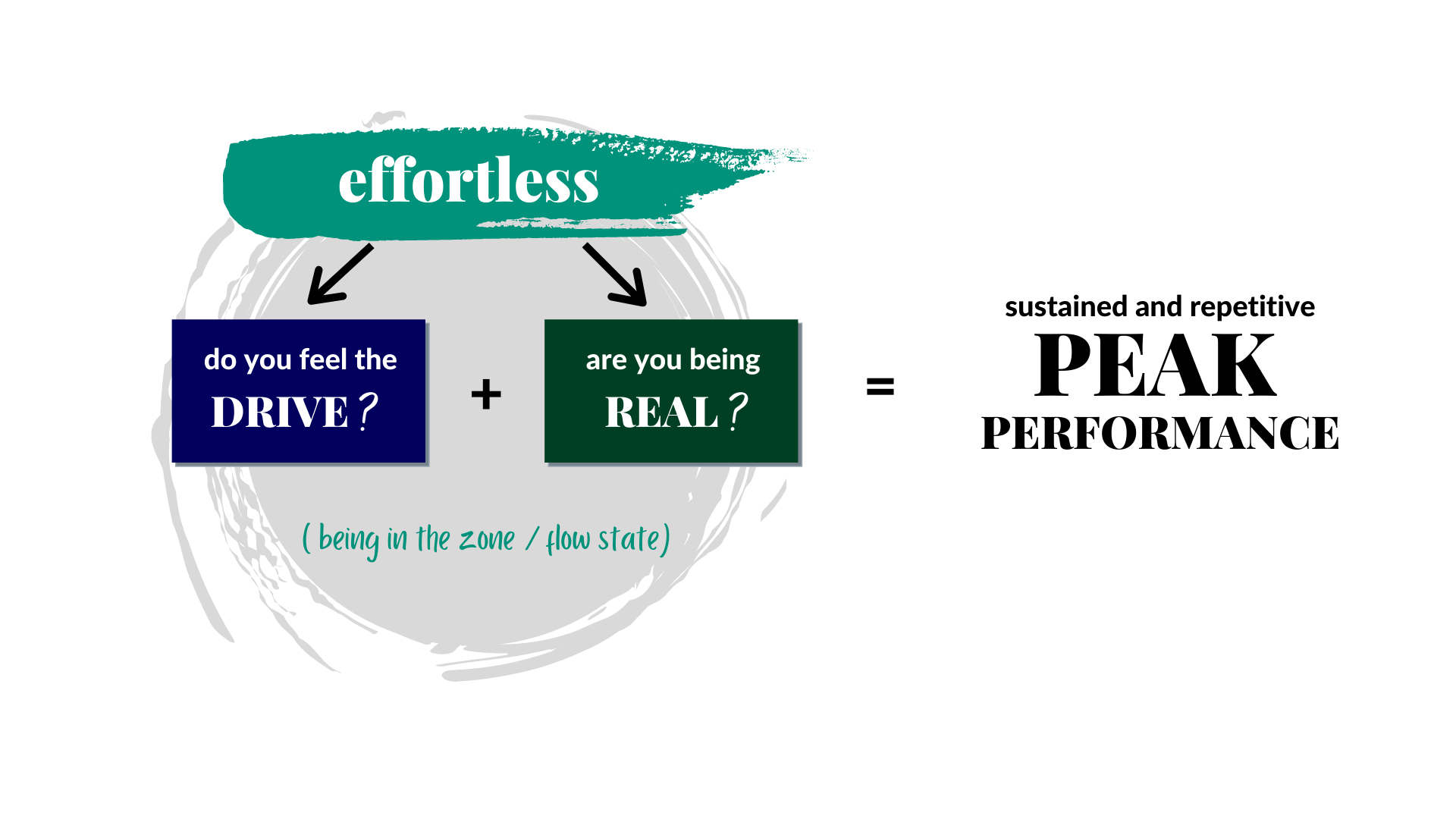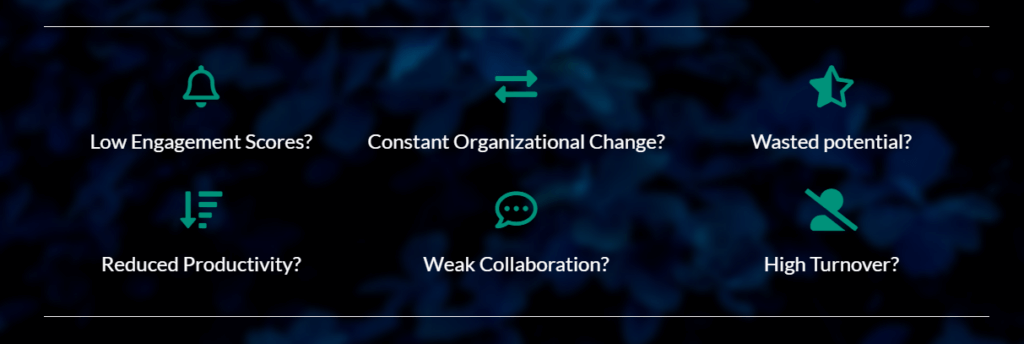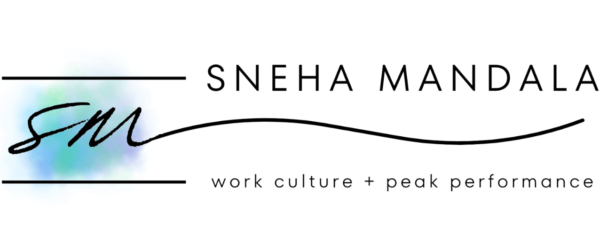2022 was definitely the year of layoffs.
The biggest set of global layoffs we knew was at the beginning of the pandemic just when national lockdowns had begun in Q2 of 2020. Following those Covid layoffs, the vaccine was introduced and all seemed well for a couple of years.
However, with the global inflation rate rising from 3% in 2020 to almost 7.4% in 2022 we have officially reached historic highs in interest rates, leading to weaker consumer spending.
Therefore companies don’t see the expected year-over-year increase in revenue.
So – Who takes the biggest hit? The hardworking employees. Especially from tech companies. And especially those that are foreign workers and non-citizens holding work visas in countries like the U.S.
The Numbers
As of Dec 10th, 2022, 947 tech companies have in total laid off almost 150,000 employees globally during the year 2022.
Some companies have been more often in the news than others due to their sheer numbers.

The Effects
Without getting into the financial and HR aspects of layoffs, one thing is clear. Layoffs seem to be the quick solution for short-term cost-cutting. But what about its results in the long run?
Who takes the biggest hit? Once again. Employees. The ones who survived the layoffs.
I have been a lucky survivor of quite a few layoffs over my career and every day I would walk into the office I was dreading if I was the next one to go.
But when I was not stressing out about the uncertainty of my future in that company, I could not get over how a whole, team comprising of managers, a director, and their individual contributors packed their bags and their lunches for the day, kissed a loved one goodbye and rode to work only to be given a few minutes – not hours – not days – not months – but just a few minutes of notice to leave the premises.
Sigh – Survivor’s guilt is real.
Studies have shown that post-layoffs, The overall morale and productivity dip, and the culture is negative and discouraging. The culture is negative and discouraging, which contributes to a general decline in morale and productivity. Because of the increased workload, there is a higher level of stress, which leads to a decrease in the quality of work, which in turn leads to either burnout or languishing. This means there is an uptick in voluntary turnover and quiet quitting.
All the above implications are NOT great for long-term profits either.
Here is an example of one such study. Leadership IQ conducted research on more than 4,000 employees who were able to keep their jobs after a company layoff and found that their levels of engagement, productivity, and quality all dropped significantly.

In all of this, I strongly believe that senior leadership has the biggest responsibility to alleviate some of this pain when it comes to cost-cutting.
What Leaders Can Do To Preserve Culture
Pre-Layoffs:
Make sure you have exhausted all creative options to reduce costs and layoffs are your last resort.
- Can you shift to 100% virtual work to lower expenses?
- Can you cross-train employees from obsolete work projects to help out in high-demand projects that are still important?
- Can you encourage voluntary retirement with a good severance package?
- How about temporarily cutting down on compensation by reviewing bloated salary structures, reducing lesser-used benefits, and placing employees on furlough and unpaid leave?
- Can you pull your employees into creative blue-sky brainstorming to help save jobs? Could you try out at least one or two high-impact, low-effort solutions out of those ideas?
Commit to doing all the above before moving on to layoffs as a last resort.
During Layoffs:
- Communicate early and often to explain the why behind the layoffs.
- Apologize – leaders are supposed to protect their people and when you fail, it is only fair that you admit and share where you
- Let them leave with dignity.
A good example would be this email detailing the layoff plan by Stripe CEO.
Post Layoffs:
It’s no secret that the employees who remain working for your company aren’t in the mood to trust the leadership implicitly. Their commitment and productivity would be at rock bottom. Naturally, this will create an atmosphere of dissent. With a globally dispersed hybrid workforce, Slack (or any other instant messenger you use) has replaced watercooler talk and enabled news (especially the bad type) to spread like a wildfire. Fast. Furious. Destructive.
Almost immediately you will hear the angry rants from employees in one-on-ones, and group meetings, either directly or anonymously.
Your employees have a voice. They won’t be afraid to use it.
As leaders, your biggest responsibility is to empower those voices. Hell, lend a platform to capture their thoughts (survey, anonymous forums). And listen.
- The first step to rebuilding trust is to listen. Listen and show that you are understanding your employees’ perspectives.
- The second step is to over-communicate and share everything that you have done to ease the layoffs and provide clarity on how work will be redistributed.
- The third step is to let your actions speak louder than your words. Reset, recalibrate, and show how the remaining employees have a strong role to play in the company’s future.
The buy-in from your employees will eventually come whether sooner or later for the simple fact that the employer and the employees need each other to exist.
The Effortless Future of Work
If going through layoffs is a testing time for employees, it is an equally tough time for their managers as well.
People managers through your junior to mid-level of leadership need even more support to re-engage their teams and employees. They will buckle under the pressure to quickly put their team back together after layoffs and get productivity up as soon as possible.
But… is there a way to quickly increase engagement and engineer peak performance in employees?
Actually, yes, there is. Get your employees to work more and more in a Flow State. Leverage this opportunity and start fresh. Allow your employees to explore and discover what drives them and what authenticity at work for them means.

These will create the best conditions for them to get into a flow state. Research proves that a flow state makes work feel effortless, increases engagement, and leads to peak performance…. Therefore quickly re-building and strengthening your company’s culture while generating results!
The uncertainty of the economy doesn’t have to destroy your employees’ productivity, morale, and engagement. When layoffs do happen, though they are an unfortunate event, they bring a new hope of opportunity.
All you need is a renewed focus on creating the best possible work culture for your employees – an effortless work culture, if you will.
—————————–
Hi! Did your company go through a recent layoff? Or do your teams suffer from one of these six corporate problems?

I am Sneha Mandala. I work with leaders to create an EFFORTLESS work culture for their employees.
I help leaders ditch the common hustle-and-grind mentality and instead create a FLOW STATE at work for employees.
My signature 3-step process helps leaders reduce burnout, engineer peak performance, and transform employees into an engaged powerhouse!
If you too want to find the sweet spot between happily engaged employees and extraordinary business results, book your discovery call today!
———————–
Data Sources:
https://www.visualcapitalist.com/visualizing-tech-company-layoffs-in-2022/




